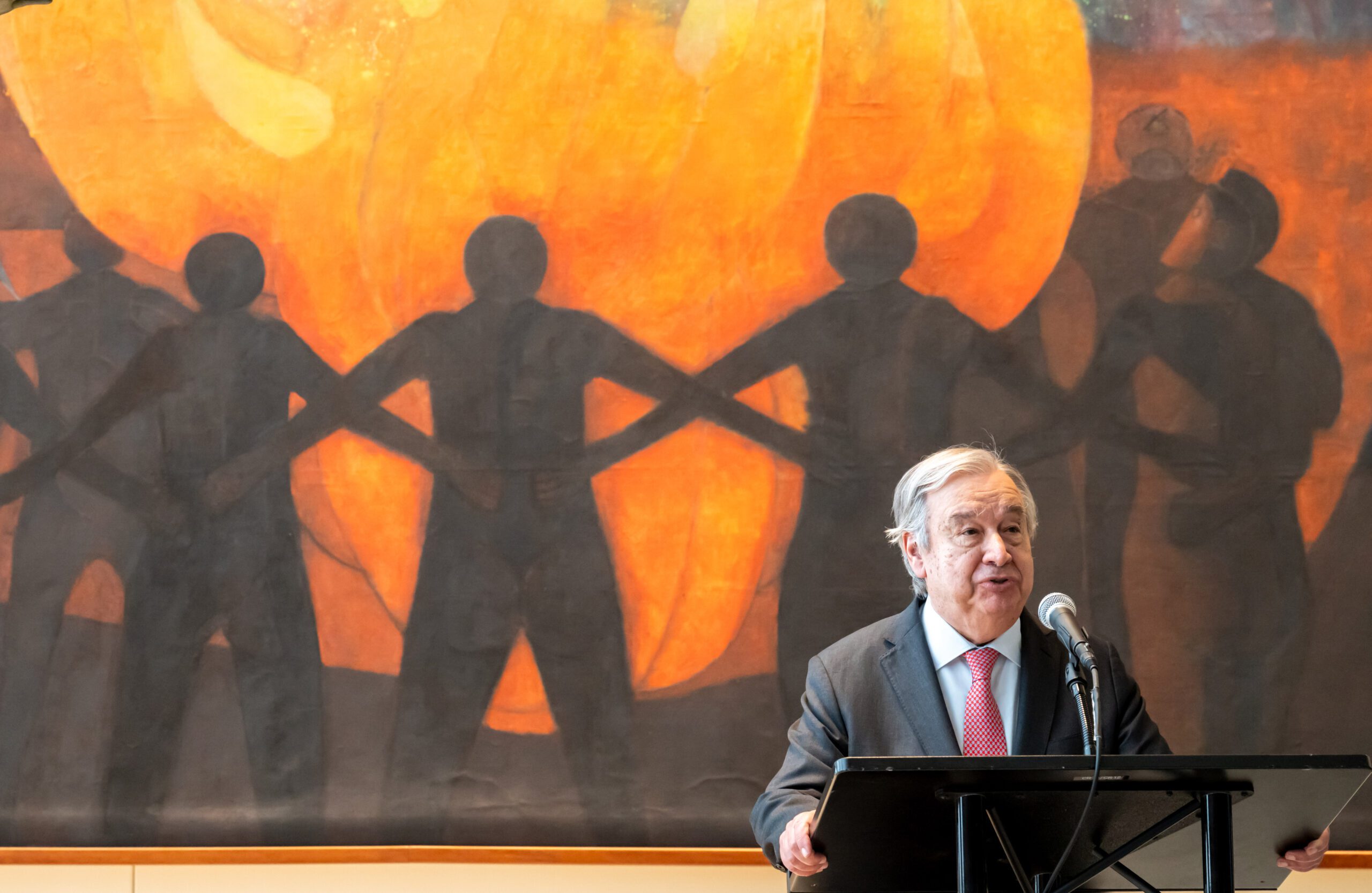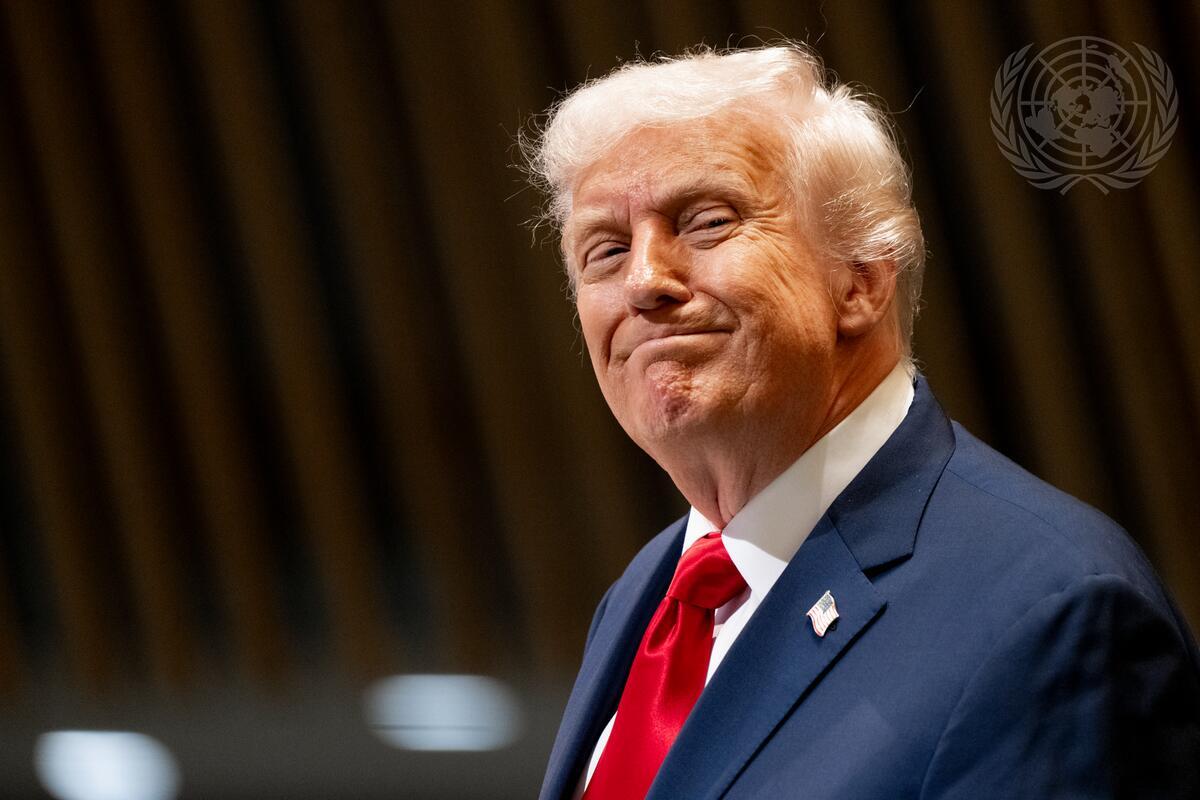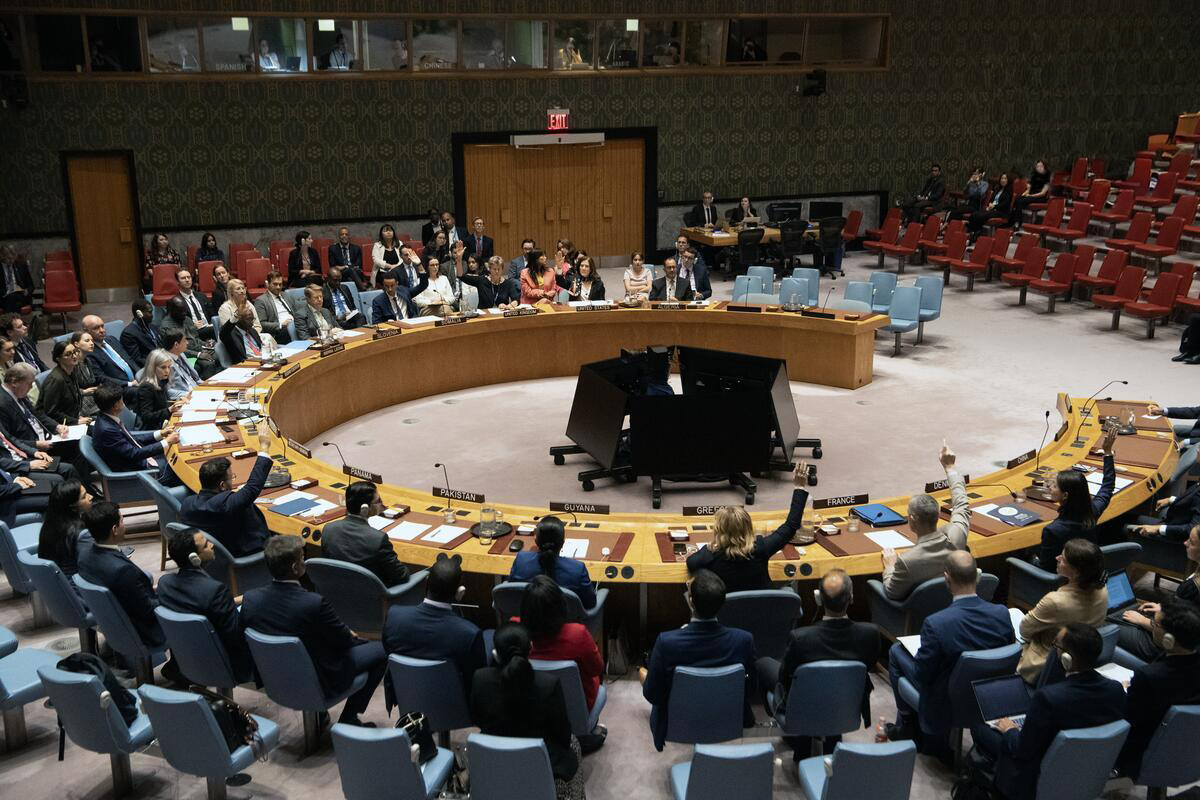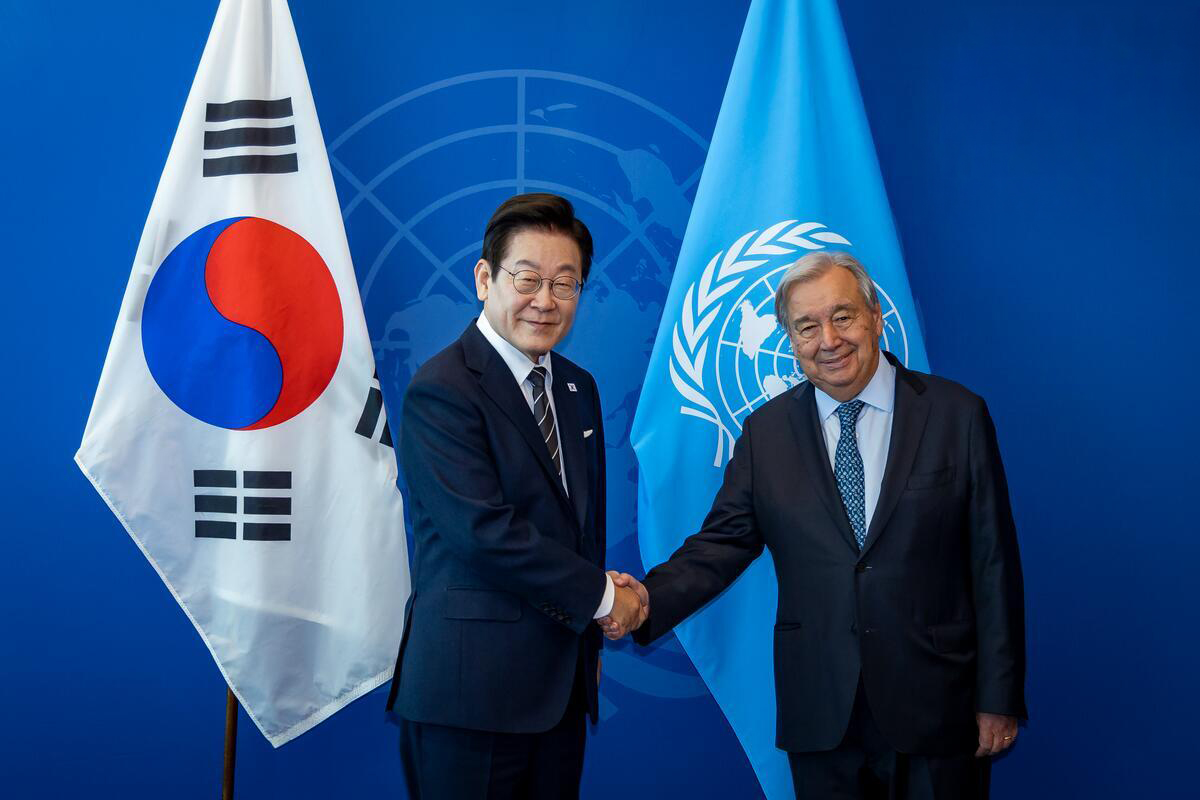The world stands at a crossroads. A new report, Gender Snapshot 2025, released by UN Women and the UN Department of Economic and Social Affairs (UN DESA), offers a stark but hopeful picture: with the right investments, gender equality is not only within reach but could transform global societies and economies.
The report highlights striking progress made in recent decades. Girls are more likely than ever before to complete school. Maternal mortality dropped by nearly 40 percent between 2000 and 2023. In countries with strong laws and institutions to prevent violence against women, rates of intimate partner violence are 2.5 times lower than in those with weak protections. Women’s leadership in climate negotiations has doubled, and in just five years, 99 new or reformed laws have dismantled discriminatory barriers.
“Where gender equality has been prioritized, it has propelled societies and economies forward,” said Sima Bahous, Executive Director of UN Women. According to the report, closing the gender digital divide alone could benefit more than 343 million women and girls worldwide, lift 30 million women out of poverty by 2050, and generate an estimated $1.5 trillion boost to global GDP by 2030.
Yet alongside progress, the report warns of severe setbacks. An unprecedented backlash against women’s rights, shrinking civic space, and declining funding for gender equality threaten to reverse hard-won gains. If current trends continue, 351 million women and girls will still live in extreme poverty by 2030. Conflict is becoming deadlier for women and girls: 676 million now live in areas affected by armed violence—the highest figure since the 1990s. And in 2024, 64 million more adult women than men faced moderate or severe food insecurity.
Li Junhua, UN Under-Secretary-General for Economic and Social Affairs, emphasized both the urgency and the potential of accelerated action: “Only five years remain to achieve the 2030 Agenda for Sustainable Development. The costs of failure are immense, but so are the gains from gender equality. Strategic interventions in care, education, the green economy, labor markets, and social protection could reduce the number of women and girls in extreme poverty by 110 million by 2050, unlocking an estimated $342 trillion in cumulative economic returns.”
The Gender Snapshot 2025 draws from more than 100 data sources to track women’s and girls’ progress across all 17 Sustainable Development Goals (SDGs). But with five years left, the world is on track to miss every single target under SDG5, the goal dedicated to gender equality.
As world leaders gather for the UN General Assembly and the 30th anniversary of the Beijing Declaration and Platform for Action this September, UN Women is urging governments to recommit to a bold agenda. The Beijing+30 Action Agenda outlines six urgent priorities: ending poverty, eradicating violence, ensuring equal leadership, advancing climate justice, securing peace and security, and enabling full participation in the digital revolution. Central to this agenda is amplifying the voices of young women and girls.
Bahous concluded with a challenge: “I encourage all leaders to make commitments and investments to choose a world where women’s rights are delivered at scale—and the returns are shared by all.”







